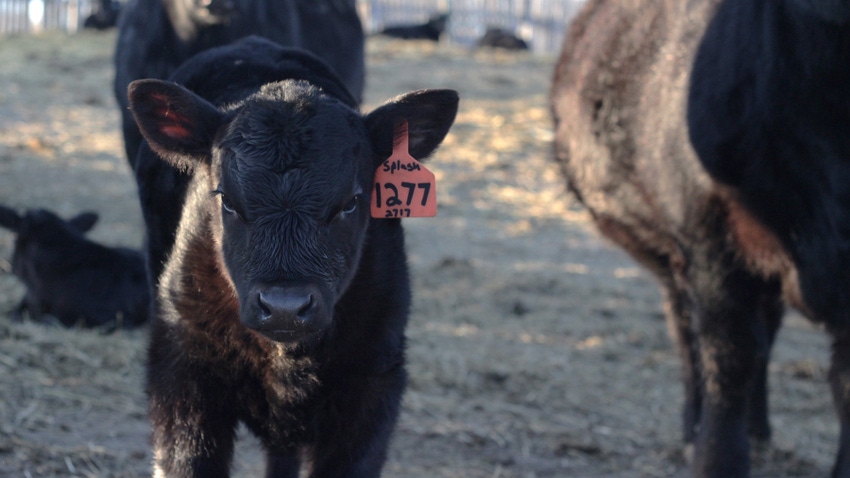
While calving early in the year is common in the Northern Plains, some ranchers may find big benefits to calving in sync with nature and the environment in late spring to early summer.
John Lee Njos, a rancher in Rhame, N.D., says that changing his calving dates has created an easier environment for both the cattle and him as the producer. “As we moved into later calving in May, the environment definitely did change because the weather was warmer,” he explains. “Usually as you get into the middle of May, the environment changes a lot as we’re moving cattle out onto pasture and are able to keep them out there.”
Njos explains his decision to delay calving. “As I was calving in March, I sat and figured out one day what that was costing me in feed costs and what it was costing in labor, and I was getting older,” he says. “That’s what made me take a look at changing. Economics were a big factor. … The other big factor was the stress that the cows and I had.”
Summer benefits
A May-to-June time frame for calving in the Northern Plains might be ideal from a biological standpoint. Wildlife is emerging from hibernation, with fawns being born and nestlings hatching. University of Nebraska Extension says other benefits of late-spring calving include:
reduced calf sickness and death
less labor needed at calving
lower use of harvested feeds
more energy and protein met from pasture
Njos says moving calving time allows producers to stay ahead of the problems that arise when cattle stay on the same ground for a longer time frame. “You’re moving ahead of disease problems or scour problems, so your animals stay a lot healthier,” he says. “All through the winter, if your cows are getting enough exercise and moving, that can cut a lot of your calving problems.”
UNL research finds a summer calving system can also save on costs, with lower labor and less hay fed. While many who calve in the winter bring their cattle to market in October, January calf prices tend to be higher for the same weight of calf.
For Njos, he says animal health and reduced animal stress were factors in changing to late spring calving. “The calves do a lot better because there’s not the stress of the cold that gets in their lungs, so you have a lot less calves that you’re having to treat,” he explains. “That’s really a big advantage in your input costs and also how the calves perform in the feedlots.”
When giving advice to other ranchers considering early-summer calving, he says to analyze goals and the numbers. “Think about what you want to accomplish, and then start putting the numbers in first,” he says. “Don’t just switch because someone said it’s a good thing to do. It needs to be a planned move and you need to be comfortable with it.”
For ranchers in the Dakotas, mentors available through the North Dakota Grazing Lands Coalition and South Dakota Grassland Coalition can help with advice and tips for management changes.
Read more about:
CalvesAbout the Author(s)
You May Also Like






